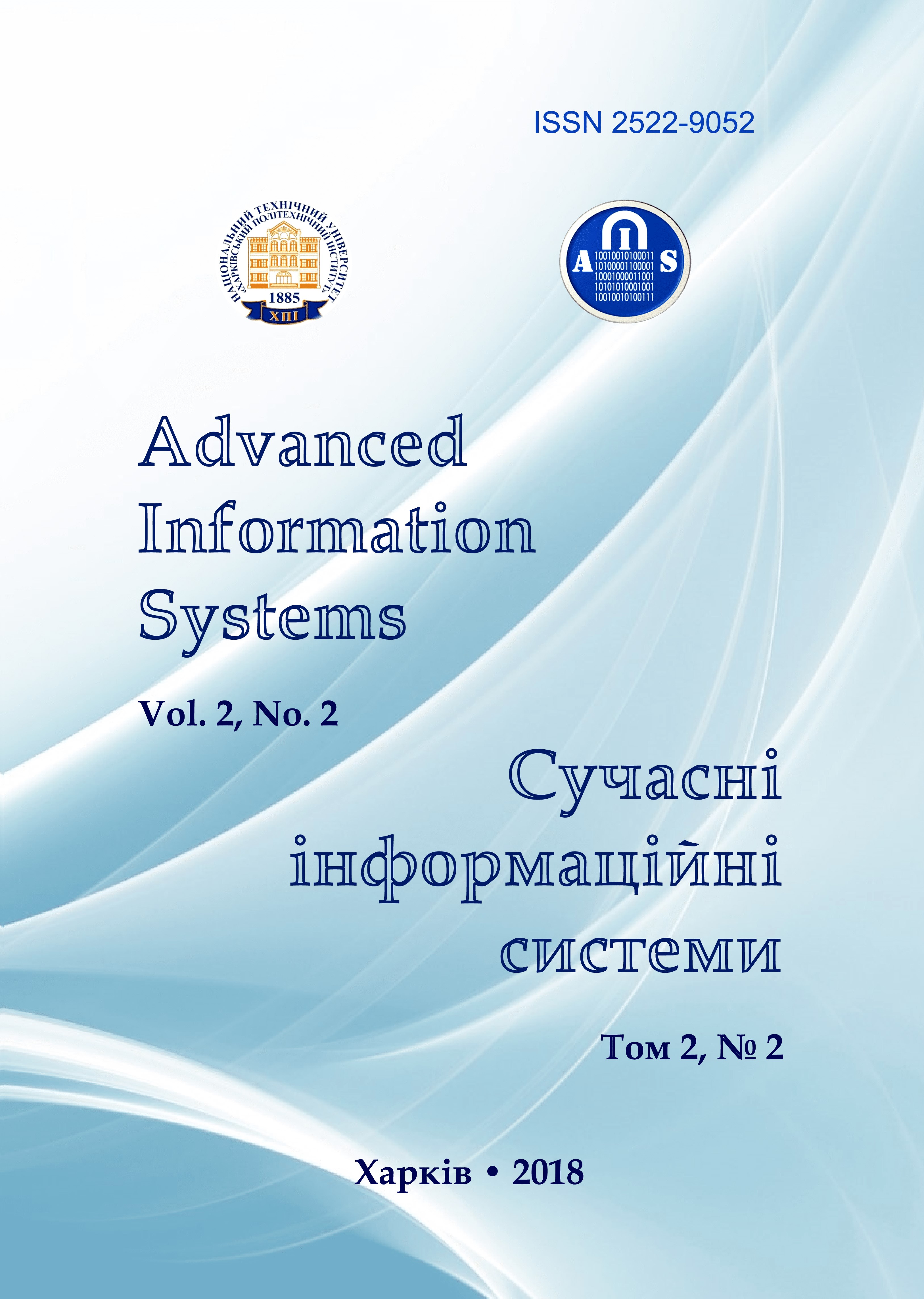FUNCTIONAL STRUCTURE OF COMPARATOR’S PREDICATE IN THE COMPARTMENT IDENTIFICATION METHOD
Main Article Content
Abstract
Intelligence theory studies the connection between the subjective and objective worlds perceived and analyzed by human intellect. Therefore, on the one hand, intelligence theory must correspond to the objective requirements adopted in physical sciences as science; on the other hand, it is compelled to rely on introspective intelligence data. Like other exact sciences, intelligence theory needs a special mathematical language corresponding to the intelligence theory object; special methods suitable for objective study of human intelligence. The basic method of objective analysis and modeling of human intelligence is comparative identification method. In the method the subject realizes a certain final predicate by his behavior. In accordance with the method, an experimental study of this predicates’ properties is conducted, then, basing on the results a mathematical the subject’s reactions model subjective states of its intelligence is constructed. Comparative identification method accurate of isomorphism allows t find a function transforming physical situations into subjective images generated by them. In this article a comparator predicate decomposition is performed and its functional structure is analyzed, the process of the human intellect subjective states multiplicities factorization is studied.
Article Details
References
Shabanov-Kushnarenko, S.Yu. and Abed Tamer Kudhair (2015), “Construction of predicate prototypes of structured objects on the basis of the conceptual approach”, Uralskiy Nauchnyiy Vestnik, No. 15 (146), pp. 5-12.
Shabanov-Kushnarenko, S.Yu., Kudkhayr Abed Tamer and Leshchynskaia, Y.A. (2013), “The predicative approach to non-obvious knowledge formalization”, Information Processing Systems, No. 9 (116), pp. 113-116.
Shabanov-Kushnarenko, S.Yu. and Kudkhayr Abed Tamer (2015), “Development of the predicate model of structured objects prototype forming methods”, Information Processing Systems, No. 9 (134), pp. 83-87.
Shabanov-Kushnarenko, S.Yu., Kudkhayr Abed Tamer and Leshchynskaia, Y.A. (2013), “Development of concepts logical connections predicative models”, Scientific Works of Kharkiv National Air Force University, No. 4 (37), pp. 144-147.
Bondarenko, M.F. and Shabanov-Kushnarenko, Yu.P. (2007), Teoryia yntellekta [Theory of Intelligence], SMIT, Kharkiv, 576 p.
Bondarenko, M.F., Shabanov-Kushnarenko, Yu.P. and Shabanov-Kushnarenko, S.Iu. (2011), “Models of comparative identification in the form of families of integral one- and two-parameter operators”, Bionika intellekta, No. 2, pp. 86-97.
Bondarenko, M.F., Shabanov-Kushnarenko, S. Yu. and Shabanov-Kushnarenko, Yu. P. (2009), “Practical applications of comparative identification of linear finite-dimensional objects]”, Bionika intellekta, No. 2(71), pp. 5-12.
Bondarenko, M.F. and Shabanov-Kushnarenko, Yu.P. (2011). “Brain-like structures”, Naukova dumka, Kyiv, 460 p.
Khudayr Tamer Abed and Shabanova-Kushnarenko, L.V. (2018), “Comparative model of texts and their described objective situations conformity”, Science and Technology of the Air Force of Ukraine, No. 2(31), pp. 131-136, available at: https://doi.org/10.30748/nitps.2018.31.17.
